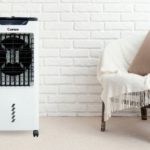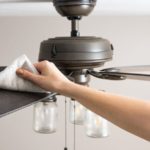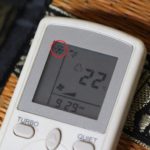For many households, monthly electricity bills can be quite costly, especially during the hot summer months when the use of electrical appliances such as fans, air conditioners, and refrigerators tends to increase. Saving electricity is a concern for many. However, there are some common misconceptions about energy conservation that can actually end up costing you more on your monthly utility bills.
1. Leaving your computer on sleep mode doesn’t consume electricity

When a computer is in sleep mode, it is still operational and can quickly resume its working state. While it consumes less energy, this feature still uses a significant amount of electricity. Furthermore, leaving your computer in sleep mode for extended periods can lead to malfunctions in certain components or the power supply.
If you don’t plan on using your computer for an extended period, it’s best to shut it down completely. Only use sleep mode if you’re taking a brief break and plan to return soon.
2. Running a ceiling fan all day will cool the room
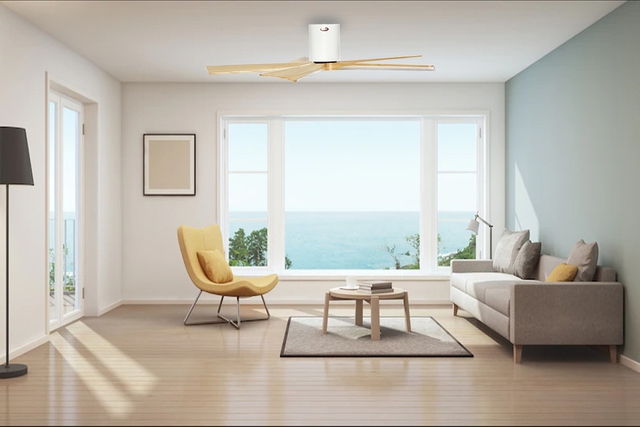
The primary purpose of a ceiling fan is not to lower the temperature and cool the air in the room. Instead, it improves air circulation, creating a wind chill effect that makes us feel cooler. Therefore, running a ceiling fan all day will not change the room’s temperature.
To save electricity, turn off the ceiling fan when you leave the room, and only use it when you’re present to avoid wasting money on electricity.
3. Setting the air conditioner to extremely high or low temperatures
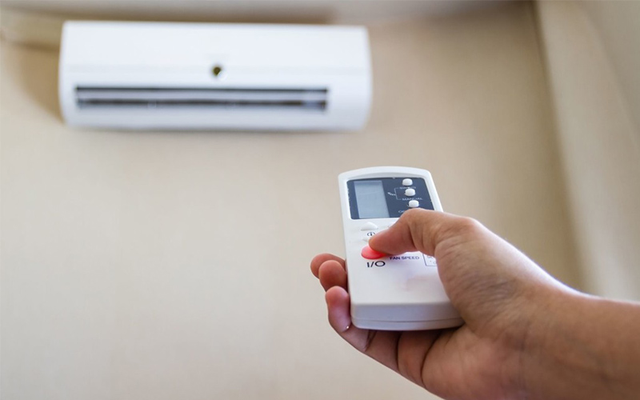
During the hot summer months, the demand for air conditioning increases. Many people believe that setting the temperature below 16 degrees Celsius will quickly cool the room and provide a more comfortable environment. However, running the air conditioner at maximum capacity like this will significantly increase electricity consumption. Experts recommend setting the temperature to a range of 25-27 degrees Celsius, which is about a 10-degree difference from the outdoor temperature, for optimal cooling and energy efficiency.
4. Maintaining a constant temperature in the room saves electricity
Some people believe that maintaining a constant temperature in the room by keeping the air conditioner at a fixed setting will save electricity. However, this is a misconception. According to the US Department of Energy, adjusting the temperature down by 7-10 degrees at night or when there are fewer people in the house can save up to 10% on annual energy costs.
5. Washing dishes by hand is more energy-efficient than using a dishwasher
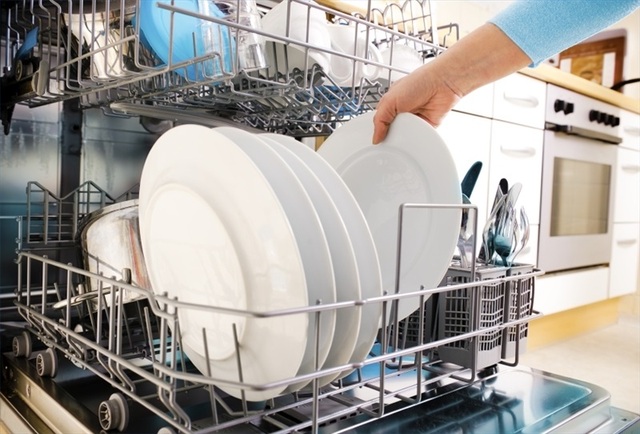
While using cold water to wash dishes by hand may seem more energy-efficient, many people prefer to use hot water to ensure better hygiene, especially during winter. Using hot water for dishwashing requires energy for water heating. On the other hand, modern dishwashers are designed to be energy-efficient, using minimal hot water and optimizing their performance.
Therefore, if your household uses a significant number of dishes and utensils, using a dishwasher is a more cost-effective and energy-efficient choice.
6. Location of the refrigerator doesn’t matter
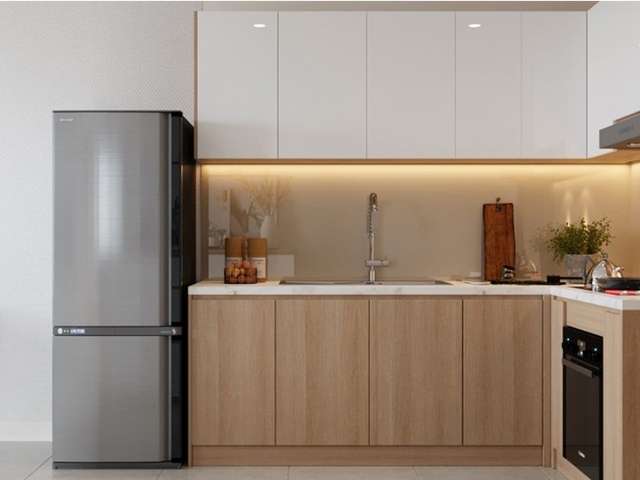
As outdoor temperatures rise, refrigerators have to work harder, consuming more energy. Therefore, it’s essential to choose a location for your refrigerator that is away from heat sources and takes advantage of naturally cooler environments to save energy.
During the summer, place your refrigerator in a shaded area to improve its efficiency and prolong its lifespan.
7. Turning off appliances is enough; there’s no need to unplug them
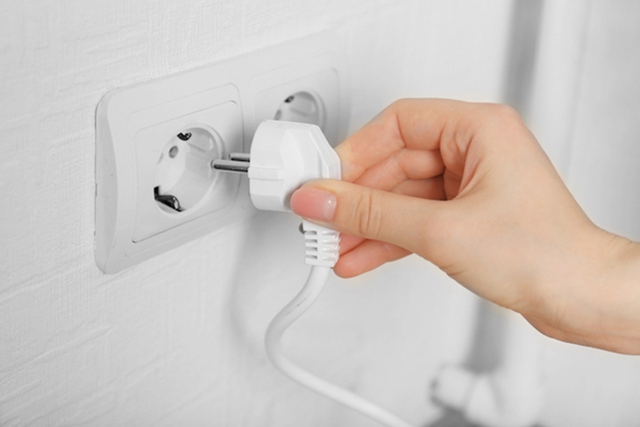
Many appliances, such as computer chargers and microwaves, continue to draw power even when they are turned off or in standby mode. If you don’t unplug them from the power source, these electronic devices will still consume energy.
Source: Nguoiduatin
6 Tips to Consider Before Buying a Ceiling Fan
Are you looking to purchase a ceiling fan for your big space? Learn more about what factors to consider before making the decision with this helpful guide. From enhancing the atmosphere of your room to providing ventilation and circulation, there are plenty of benefits to choosing ceiling fans. Read on to find out more and make an informed decision.


